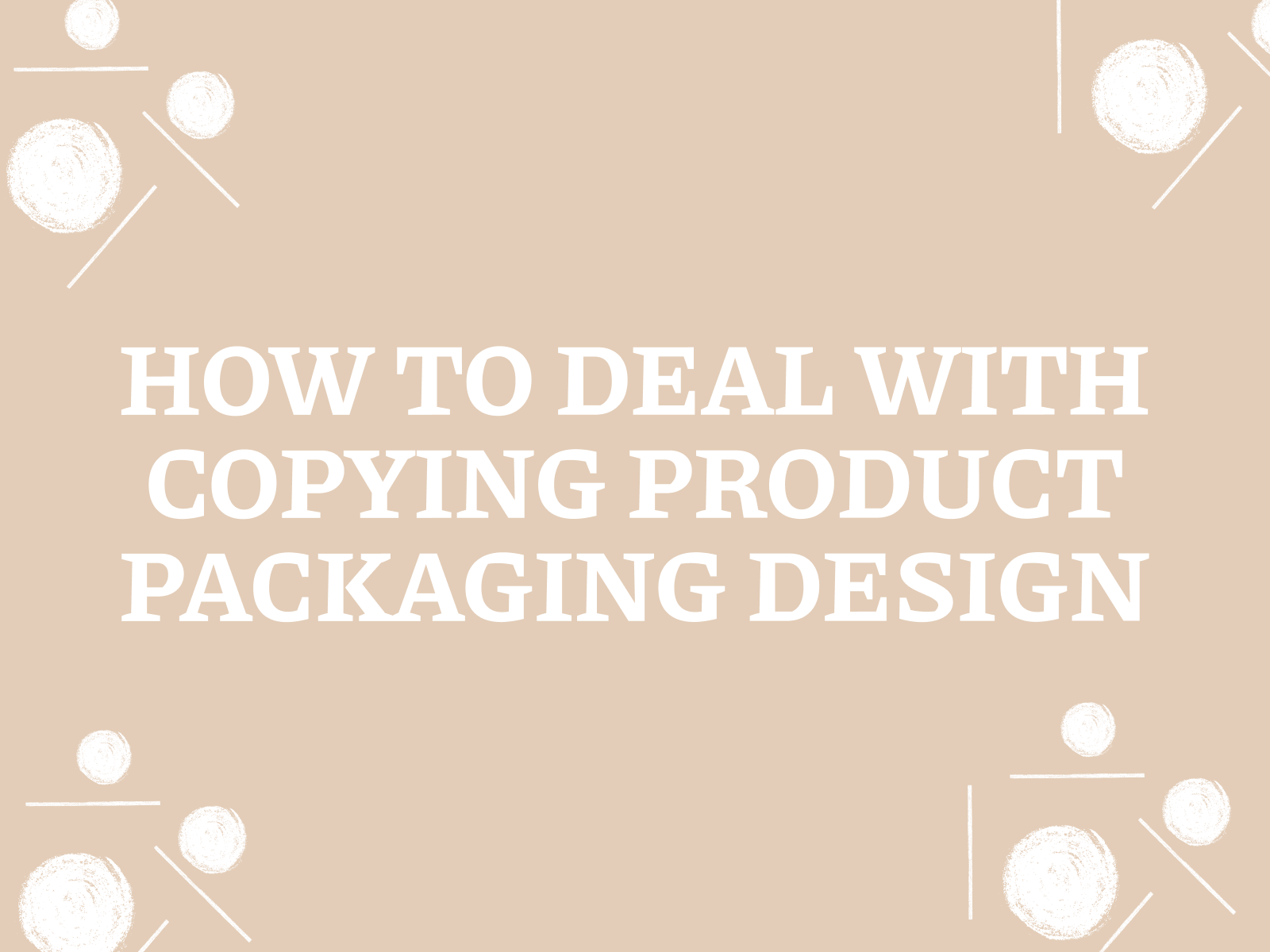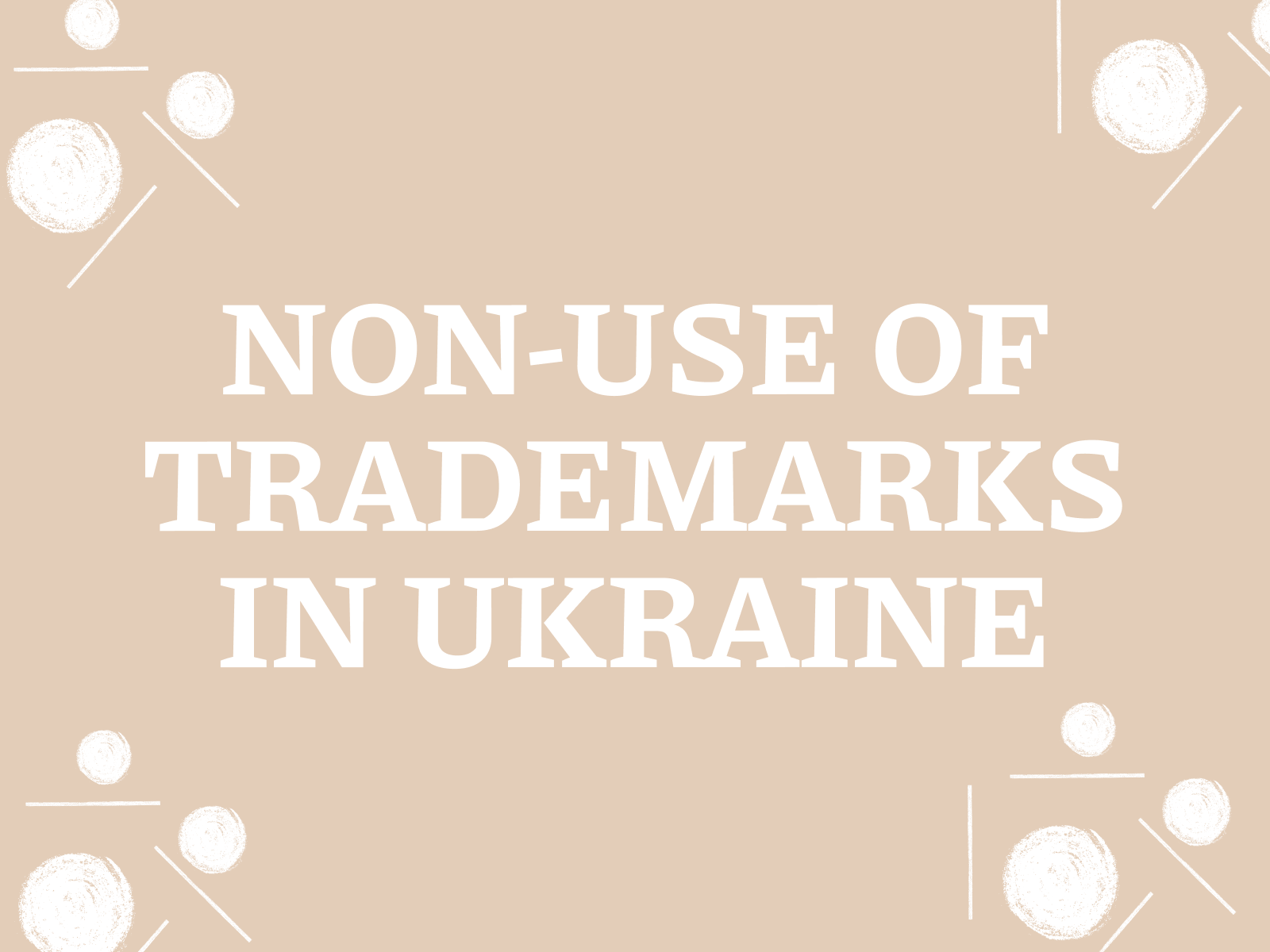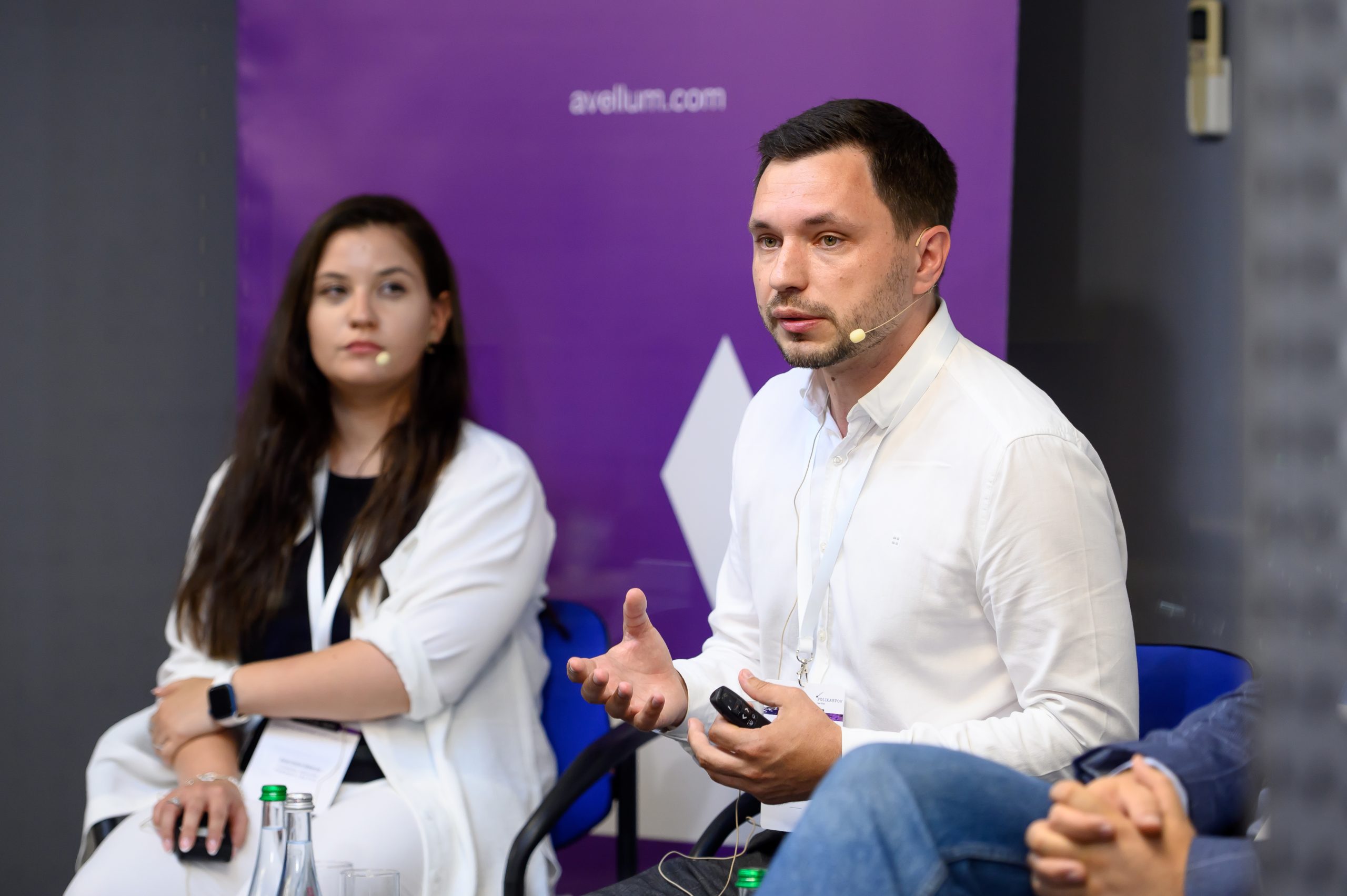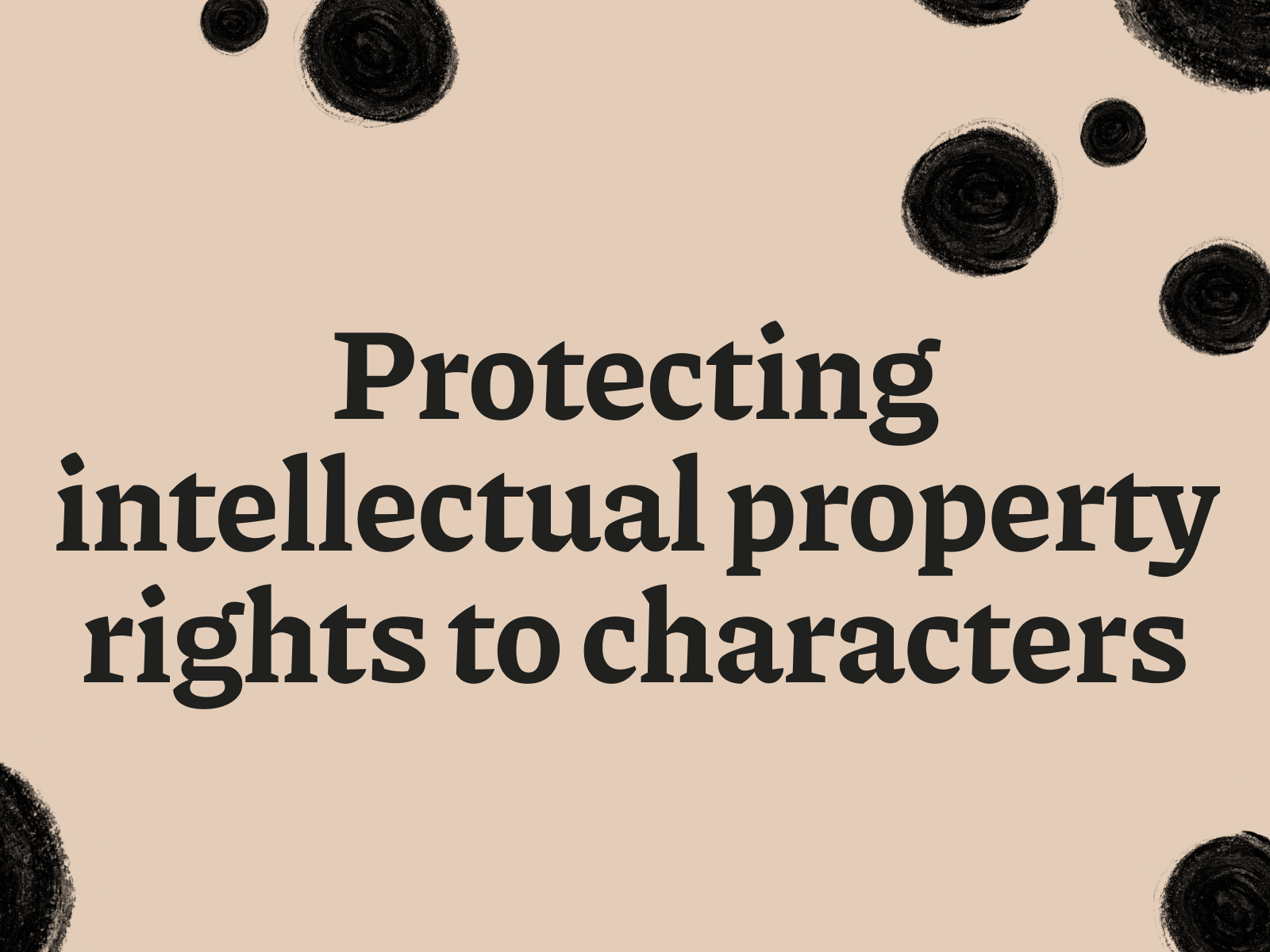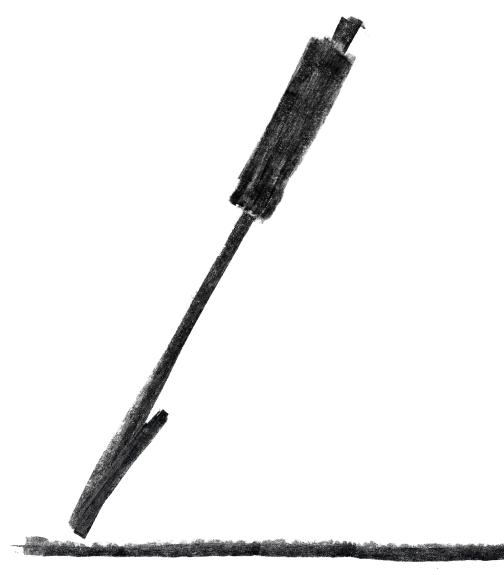In today’s world, where competition in the market reaches incredible proportions, an original and recognizable product packaging design plays a crucial role in its successful promotion. After all, it is the packaging that first attracts the consumer’s attention, forms his impression of the product and encourages him to buy. However, with the development of technology, the copying of product packaging has become a widespread problem that causes significant losses to manufacturers. Therefore, protecting product packaging from counterfeiting becomes a priority for any company seeking to preserve its reputation and competitive advantage.
Section 1: Legal aspects of protecting packaging design
When it comes to fighting design copying, it is important to understand the legal mechanisms that allow you to protect your unique designs. Ukrainian legislation provides manufacturers with tools to fight unfair competition, and it is these tools that we will be familiarizing ourselves with in this section. You will learn about how the Law on Protection of Design Rights and Packaging Design Patent Ukraine can become a reliable shield for your business and help to preserve your intellectual property.
1.1 What is a design and how does it protect packaging design?
In a highly competitive market, an original and attractive packaging design plays a key role in the success of a product. To protect their creative efforts from unfair copying, manufacturers can take advantage of the legal instrument provided for by the Law of Ukraine on the Protection of Industrial Design Rights. In particular, the protection of packaging design in Ukraine is realized precisely through the registration of an industrial design.
What is an industrial design? Legislation defines it as the result of human creative activity in the field of artistic design. Simply put, it is the appearance of the product, its aesthetic and ergonomic features that make it unique. If the design of your product packaging meets the requirements of novelty and originality, you can obtain a packaging design patent for it in Ukraine by registering it as an industrial design.
How does design registration protect your packaging design?
- Grant of exclusive rights: A design registration gives you exclusive rights to use the registered design. This means that only you have the right to produce, sell and import goods with that packaging design.
- Prohibition of unauthorized use: the Design Rights Act prohibits others from copying, producing or selling goods with packaging whose design is identical or similar to your registered design.
- Enforceability of compensation: if your rights are infringed, you can take legal action to stop the infringement and recover damages caused by the unlawful copying.
Important to remember:
- Not every packaging design can be registered as an industrial design. It must be new, i.e. not previously publicized, and must be original in nature.
- The process of registering an industrial design can be complex and may require the professional assistance of a lawyer who specializes in intellectual property issues.
Imagine that you produce a unique product – natural honey. You have developed an original design of a glass jar with an unusual shape and relief pattern. By registering this design as an industrial design, you protect your product from counterfeiting and ensure its recognition in the market.
Protecting your packaging design through design registration is an important element of any business development strategy. It is an investment in the future of your company, which will help to preserve the uniqueness of your product and increase its competitiveness.
Consider an example from another industry. An electronics company developed an innovative case design for its new smartphone. By registering this design as an industrial design, it protected its investment in development and design and obtained the exclusive right to use the design. This allowed it to stand out among its competitors and consolidate its position in the market.
So, understanding the concept of “industrial design” and its importance for the protection of packaging design is the first step to effective protection of your intellectual property. The following section will tell you about the process of design registration in Ukraine and help you protect the uniqueness of your products.
1.2 Packaging design registration: step-by-step instructions
Protecting a packaging design through design registration is an important step for any business seeking to maintain its uniqueness and competitive advantage. The registration process may seem complicated, but, in fact, it is quite understandable if you break it down into specific steps. Here is a detailed instruction that will help you understand how to register a packaging design in Ukraine and obtain a patent for packaging design in Ukraine through the design registration procedure:
Step 1: Preparing the application is the most important step:
- Description of the design: this is not just a title, but a detailed description of all the features of your design. Specify the shape, dimensions, colors, materials, textures, graphic elements and any other characteristic features of your package. Be clear about which specific design elements you want to protect. For example, if it is a specific bottle shape, describe its geometric parameters, presence of relief elements, cap, etc.
- Graphic materials: photos or drawings should be of high quality and show the package design from different angles – front, back, side, top, bottom. If there are important small details on the package, make enlarged images of them. The images should be clear, contrasting and allow you to clearly distinguish all elements of the design. If the design consists of several parts (e.g. box and insert), provide an image of each part separately and assembled.
- Classification of goods: Using the International Classification of Goods and Services (ICGS), find the class to which your product belongs. For example, if you manufacture cosmetics, your class would be Class 3 – “Cosmetics and toiletries”. The correct classification is important for finding similar designs during the examination.
Step 2: Submission of the application to UkrNOISI:
- Collection of documents:You will need
- :Application for registration of the industrial design (to be filled in according to the established form);
- Description of the industrial design, which you prepared at the first step
- ;Graphic materials illustrating your design;
- Document confirming the payment of the state registration fee.
- Filing an application:You can apply to the Ukrainian National Office of Intellectual Property and Innovation (“UkrNOIVI”) in three ways:
- In person: Come to the UkrNOIVI office and submit the documents directly.
- By mail: Send the documents by registered mail with a list of attachments.
- Electronically: Register on the UkrNOIVI website and apply through the electronic cabinet. This is the most convenient and fastest way.
Step 3: Formal examination – check of documents:
- UkrNOIVI experts will check that the application is filled out correctly, that all necessary documents are available, and that the graphic materials meet the requirements.
- If errors are found, you will be given a period of time to correct them.
- It is important to check all documents carefully before submission to avoid unnecessary waste of time.
Step 4: Qualification examination – the most important check:
- This is the most important step, during which UkrNOIVI experts analyze your design for compliance with the criteria of novelty and originality.
- They search for similar designs registered earlier.
- If your design is found to be new and original, it will be registered as a design.
Step 5: Obtaining the certificate – the final stage:
- After successfully passing the examinations and paying all the necessary fees, you will receive a design certificate.
- This is a document that confirms your exclusive rights to the packaging design and gives you the right to prohibit others from using it.
It is important to remember:
- The entire registration process can take from several months to a year.
- For successful registration, it is important to carefully prepare all documents and comply with the requirements of the UkrNOIVI.
- Contacting a patent attorney or a lawyer specializing in intellectual property issues can significantly simplify the registration process and increase the chances of success.
Protecting your packaging design is an investment in the future of your business!
Section 2: Definition and evidence of design copying
Unfortunately, even with a design registration, manufacturers may encounter instances of packaging design copying. Therefore, it is important to know how to correctly identify the signs of plagiarism and collect the evidence necessary to protect their rights in court. In this section, we will look at the practical aspects of identifying design copying and provide guidance on how to effectively gather evidence for a successful trial. We will help you understand what to do if you have copied packaging and how to fight packaging plagiarism.
2.1 Signs of packaging design copying
Have you discovered that there are products on the market with packaging that looks suspiciously similar to yours? Before accusing competitors of plagiarizing packaging, it is important to carefully analyze the design and determine if there are any real signs of copying. The success of your further actions to protect your packaging design depends on this.
So, what should you do if your packaging has been copied? What to look out for? Here are a few key signs that may indicate design copying:
- Identity or similarity of shape: if the shape of a competitor’s packaging is virtually identical to yours, this is one of the most obvious signs of copying. Pay attention to the overall proportions, the presence of specific curves, relief elements, etc. For example, if your packaging has a unique bottle shape with a characteristic neck, and your competitor’s packaging almost completely repeats this shape, this is a serious signal.
- Similarity of colors and placement of elements: Even if the shape of the packaging is different, but the colors and placement of design elements (logos, texts, graphic elements) are very similar, this can also indicate copying. For example, if you use a specific combination of colors and logo placement in a certain place on the packaging, and a competitor uses similar solutions, this may be evidence of copying.
- Copying graphic elements or fonts: If a competitor’s packaging uses the same or very similar graphic elements or fonts that you use in your design, this is also evidence of copying. Pay attention to the style of illustrations, patterns, logos, fonts, etc.
- Overall impression of similarity: even if individual design elements are not identical, but the overall impression of a competitor’s packaging is similar to yours, this may indicate an attempt to copy your design and mislead consumers.
Examples of copying packaging design can be found in a variety of industries. For example, food manufacturers often copy the packaging design of popular brands, hoping to attract consumers who associate a certain design with a high quality product.
How do I prove copying a package design? Gathering evidence is a key stage in the fight against plagiarism. It is necessary to record all detected signs of copying, take photographs of both packages (yours and your competitor’s), collect information about the manufacturer and place of sale of your competitor’s products. This information will be useful for further actions to protect your rights.
Remember that timely detection of signs of copying and correctly collected evidence are the key to successfully protecting your rights to the package design. In the next section we will look in detail at what documents and information are necessary to prove the fact of copying in court.
Imagine a situation: you produce chocolate bars in unique packaging with a colorful design and unusual shape. Subsequently, you notice on the shelves of stores the bars of another manufacturer, the packaging of which is very similar to yours in shape, color scheme and placement of elements. This may be an example of copying a package design.
Copying packaging design can cause serious damage to your business, reducing the recognition of your products and leading to loss of customers. Therefore, it is important to be attentive and react in time to cases of plagiarism.
For example, you produce lemonade in original bottles with an embossed logo of your company. If a competitor starts producing lemonade in similarly shaped bottles with an embossed logo that is very similar to yours, this could also be an example of copying a design.
So, when analyzing your competitor’s packaging, pay attention to all the details and the overall impression it gives. If you find signs of copying, do not waste time and start collecting evidence to protect your rights.
2.2 Gathering evidence for legal action
Have you discovered evidence of copying your package design and are convinced that your rights have been infringed? The next step is to gather evidence to help you defend your interests in court. Properly collected evidence is the key to a successful packaging design infringement case. What to do if a packaging design has been copied and how to effectively gather evidence for a packaging plagiarismlawsuit?
Here is a list of documents and information you need to gather:
- Design certificate: this is the main document that confirms your exclusive rights to your packaging design. Make sure your certificate is valid and clearly describes the features of your design.
- Samples of your packaging and your competitor’s packaging: collect samples of both packages that clearly show signs of copying. It is important that the samples are in good condition and that all design elements are clearly distinguishable.
- Photographs of both packages: Take good quality photographs of both packages from different angles that clearly show the similarities in design. Photos should be taken in good lighting and clearly show all details of the packaging.
- Information about the manufacturer and place of sale of the competitor’s product: find out who is the manufacturer of the product with suspicious packaging, where it is produced and where it is sold. This information will be needed to file a lawsuit and identify the defendant in court.
- Notarized website inspection report: If the competitor‘ s packaging is sold online, take screenshots of the product page and notarize them. This will help prove that the competitor is using the copied design for commercial purposes.
- Evidence of harm: If copying a package design has resulted in a decrease in your sales or loss of reputation, gather evidence of that harm. For example, this could be sales data from before and after a competitor’s product entered the market, or letters from customers who complained about the similarity of the packaging.
How to prove packaging plagiarism in court? The court will assess whether there is a body of evidence to prove that your design has been copied. The more evidence you can provide, the greater the chances of a successful case.
What to do if a package design has been copied and how to protect your rights? After gathering evidence, you should contact a qualified lawyer specializing in intellectual property cases. The lawyer will help you prepare a statement of claim and represent your interests in court.
Imagine a situation: you produce premium coffee in elegant packaging. You discover that a competitor produces coffee in packaging that is very similar to yours. You have gathered all the evidence you need, including a design certificate, samples of both packages, photographs, information about the competitor, and evidence of damages. This evidence will help you prove copying in court and protect your rights.
Gathering evidence is an important stage in the fight against plagiarism. The more thoroughly you prepare for the trial, the greater the chances of a positive court decision.
For example, you produce children’s toys in brightly colored and original packaging. You notice that another manufacturer produces similar toys in packaging that is almost identical to yours. You took photographs of both packages, found information about the competitor, and gathered data about the decrease in your sales after the competitor’s products appeared on the market. This evidence will help you in court.
Gathering evidence is an important step in the fight against plagiarism. The more thoroughly you prepare for court proceedings, the more chances you have for a positive court decision and compensation for damages.
Section 3: Protecting your rights and recovering damages
You have discovered copying of your product’s packaging design and have gathered the necessary evidence. What’s next? In this section, we will look at legal tools to help you protect your rights and recover damages from infringers. You will learn what you can do if your packaging design rights are infringed and how to get compensation for damages. We will help you to understand consequences of copying packaging design and liability for copying packaging design according to the current legislation of Ukraine.
3.1 Legal actions in case of infringement: Protecting your packaging design
Being discovered copying your unique packaging design can cause outrage and confusion. How can you protect your intellectual property and prevent further infringement? In this section we will help you deal with legal actions in case of infringement of rights for packaging design. You will learn about your rights and options provided by law on protection of design rights in Ukraine. In particular, we will look at options to help you fight packaging plagiarism and the consequences for infringers, including liability for copying packaging design.
Basic legal tools to fight packaging design copying:
- Claims procedure: this is the first and most peaceful way to settle a dispute. You send a written claim to the infringer, in which you point out the fact of infringement of your rights and demand to stop using the copied design. The claim should be accompanied by evidence confirming your rights to the design and the fact that it was copied. Often this method is effective and allows you to solve the problem without going to court.
- Judicial protection: If the claim procedure has not yielded results, you can apply to the court with a lawsuit for infringement of design rights. In the statement of claim, you describe the situation in detail, provide evidence of the infringement of your rights and ask the court to protect your interests. The court may order the infringer to stop using the copied design, reimburse the losses caused to you, as well as impose other liability measures provided for by law.
- Appeal to the Antimonopoly Committee of Ukraine (AMCU): if copying a design is part of unfair competition, you may file a complaint with the AMCU. The AMCU has the right to investigate such cases and impose fines on violators.
What demands can you make of the infringer?
- Stop using the copied design.
- Withdrawal of goods with illegally used designs from circulation.
- Compensation for material damage (e.g. lost profits).
- Compensation for moral damages.
Judicial practice of copying packaging design in Ukraine shows that courts protect the rights of owners of registered designs if they provide sufficient evidence of infringement.
Remember:
- The earlier you detect copying and seek to protect your rights, the better your chances of success.
- Gathering evidence is a key step in the fight against plagiarism.
- A consultation with an experienced intellectual property lawyer will help you choose the most effective defense strategy.
Protecting your unique packaging design is protecting your business and your investment in its development. Do not hesitate to seek professional help to protect your rights!
3.2 Recovery of damages and compensation: recovering your design investment
You proved in court that your unique product packaging was copied by competitors. That’s a victory! But the fight for justice is not over. The next step is recovering damages and compensation that will help you recover lost money and protect your investment in design development. In this section we will consider how the mechanism of design copyright protection works in Ukraine and what compensation you can get for copying a package design. We will understand, what to do if a packaging design is copied and how to claim damages for copying a design in order to protect your business and its reputation.
What types of compensation are provided for by law?
Ukrainian law provides for two main types of compensation for infringement of design rights:
- Compensation for material damage:This includes all financial losses that you incurred due to the illegal use of your design. Let’s take a closer look:
- Lost profits: this is the difference between the income you expected to earn from selling products with a unique design and what you actually earned because a competitor’s product with a copied design entered the market. To prove lost profits, you need to provide evidence of reduced sales after a competitor’s product appeared on the market.
- Design costs: if you ordered the design from a professional designer or agency, you have the right to claim reimbursement of these costs.
- Advertising and promotion costs for products with a unique design: this may include the costs of advertising, participation in exhibitions, creation of marketing materials, etc.
- Compensation for moral damage: this type of compensation is intended to compensate for non-pecuniary damage, such as loss of reputation or emotional suffering caused by the infringement of your rights. The amount of compensation for moral damages is determined by the court based on the evidence and circumstances of the case.
How to prove the amount of damages and receive compensation?
The key to successfully recovering damages is to have convincing evidence:
- Collect documents: design contracts, advertising invoices, sales data before and after the appearance of your competitor’s products – all of these will be strong arguments in your favor.
- Consult experts: if the amount of damages is difficult to determine on your own, an intellectual property expert can help you estimate your losses.
Remember:
- Consult a lawyer: an intellectual property specialist will help you to properly draw up a claim and effectively represent your interests in court.
- Observe deadlines: the statute of limitations for infringement of design rights is 3 years. Do not hesitate to go to court!
Recovery of damages and compensation for copying packaging design is an important element of protecting your business and its reputation. Don’t let violators go unpunished, stand up for your rights!
Conclusion
In today’s competitive environment, protecting intellectual property, particularly packaging design, is critical to the success of any business. Legal protection of packaging design is not just a formality, but a strategic necessity. By registering your design as a design, you have an effective tool to fight unfair competition and copying. The law gives you the right to protect your creativity and receive compensation for damages. Copyright for packaging design allows you to control the use of your unique design and prevent its illegal copying. Remember that timely identified signs of plagiarism and properly collected evidence are the key to successfully protecting your rights. Do not be afraid to seek help from qualified lawyers who will help you protect your intellectual property and preserve your competitive advantage.

